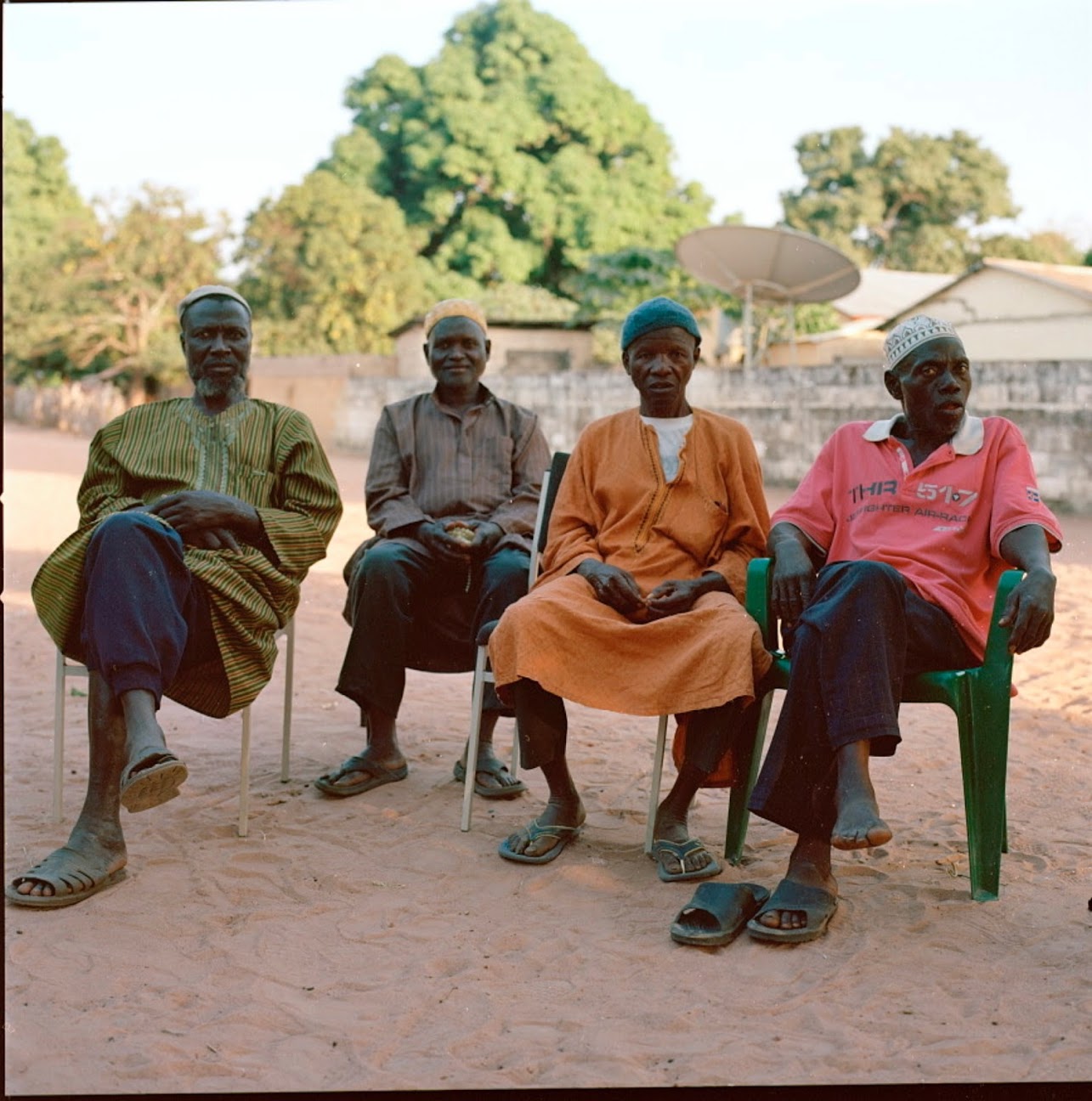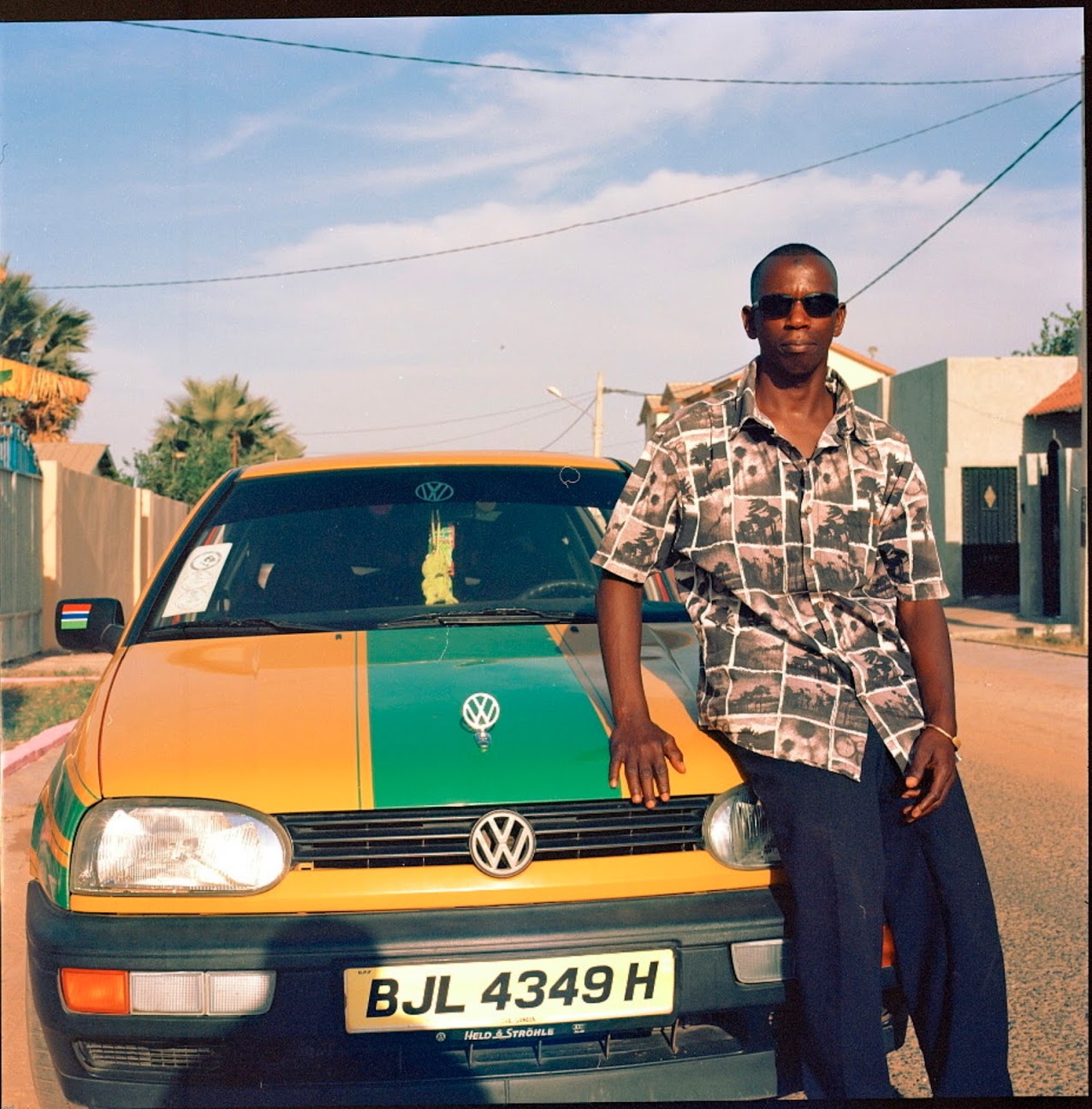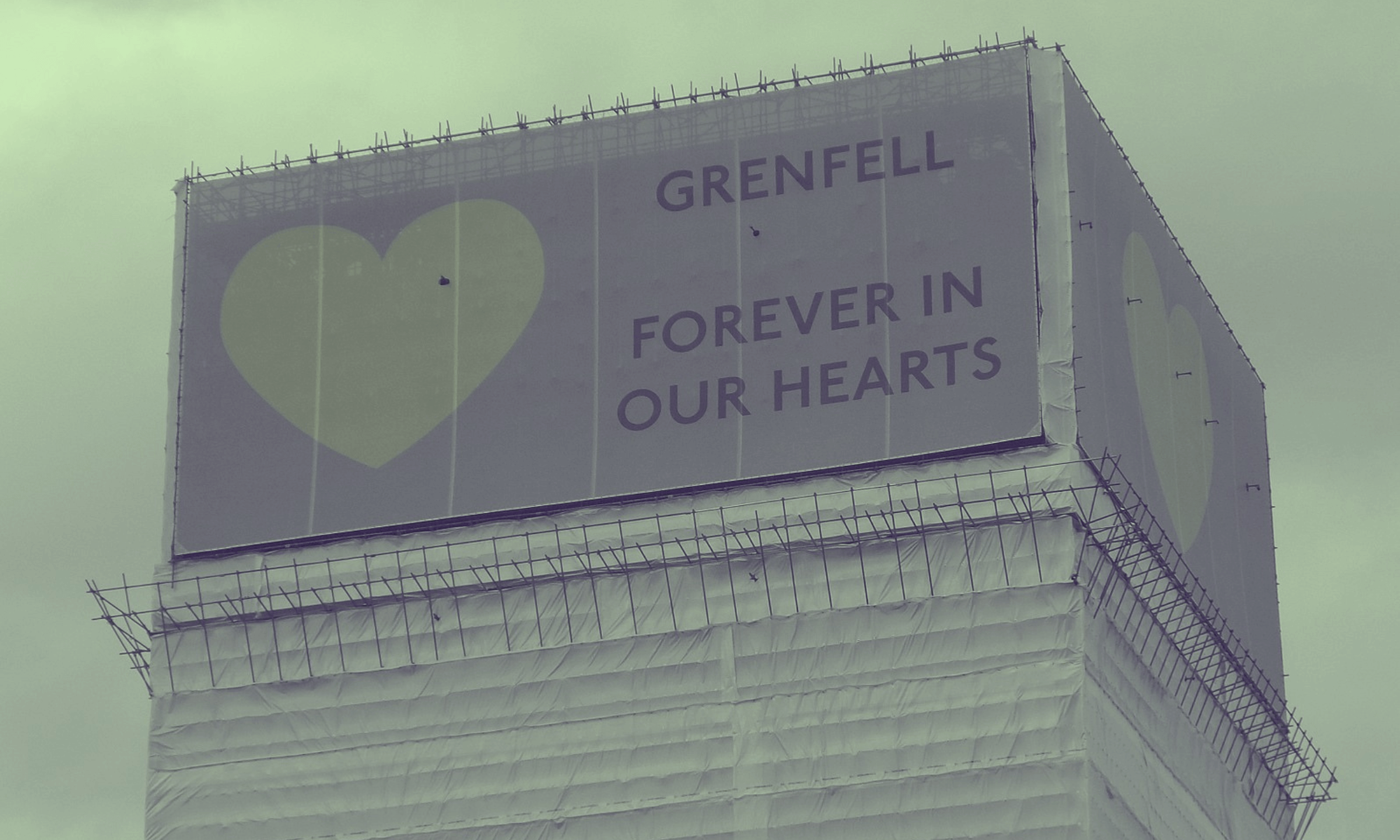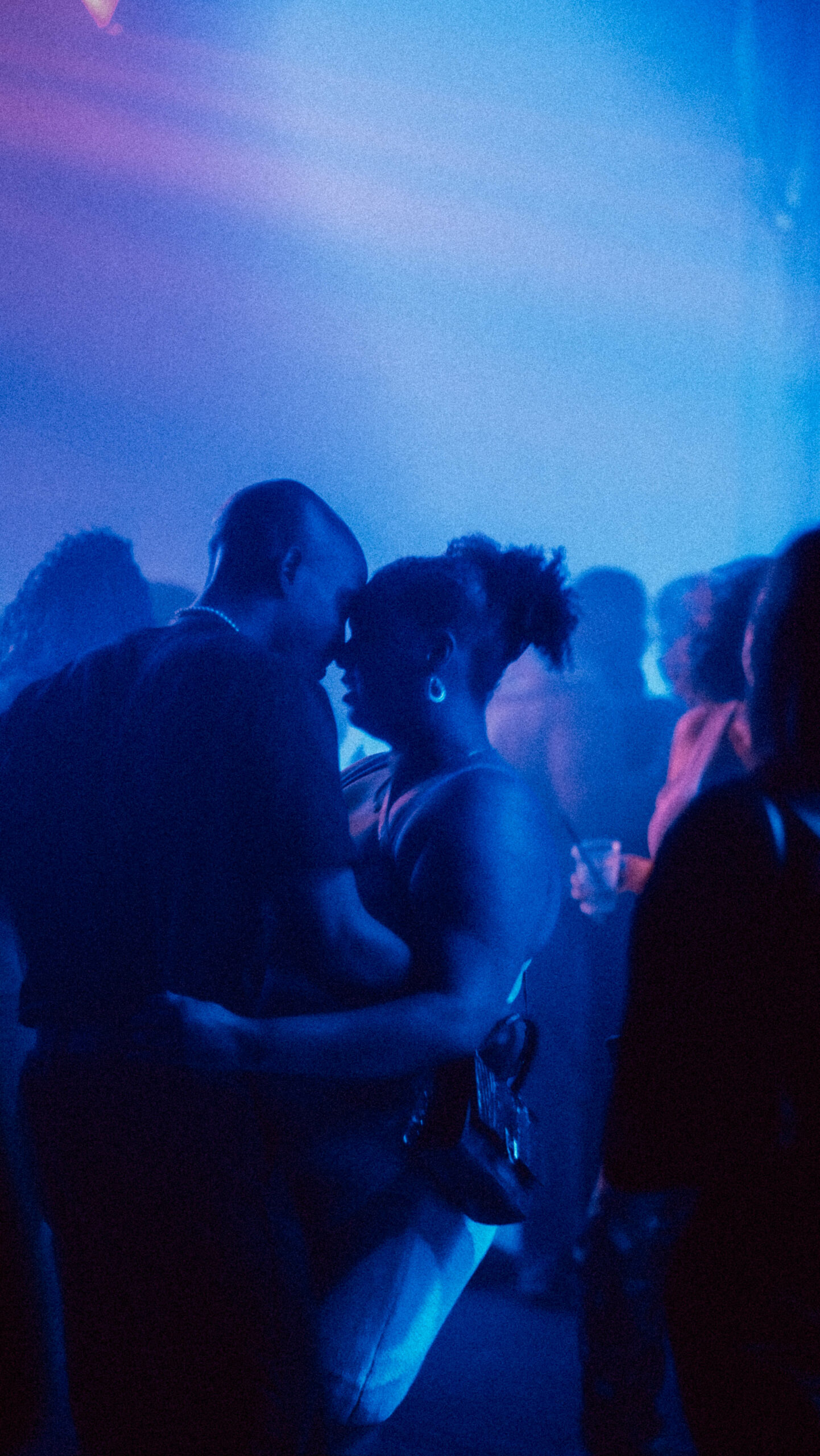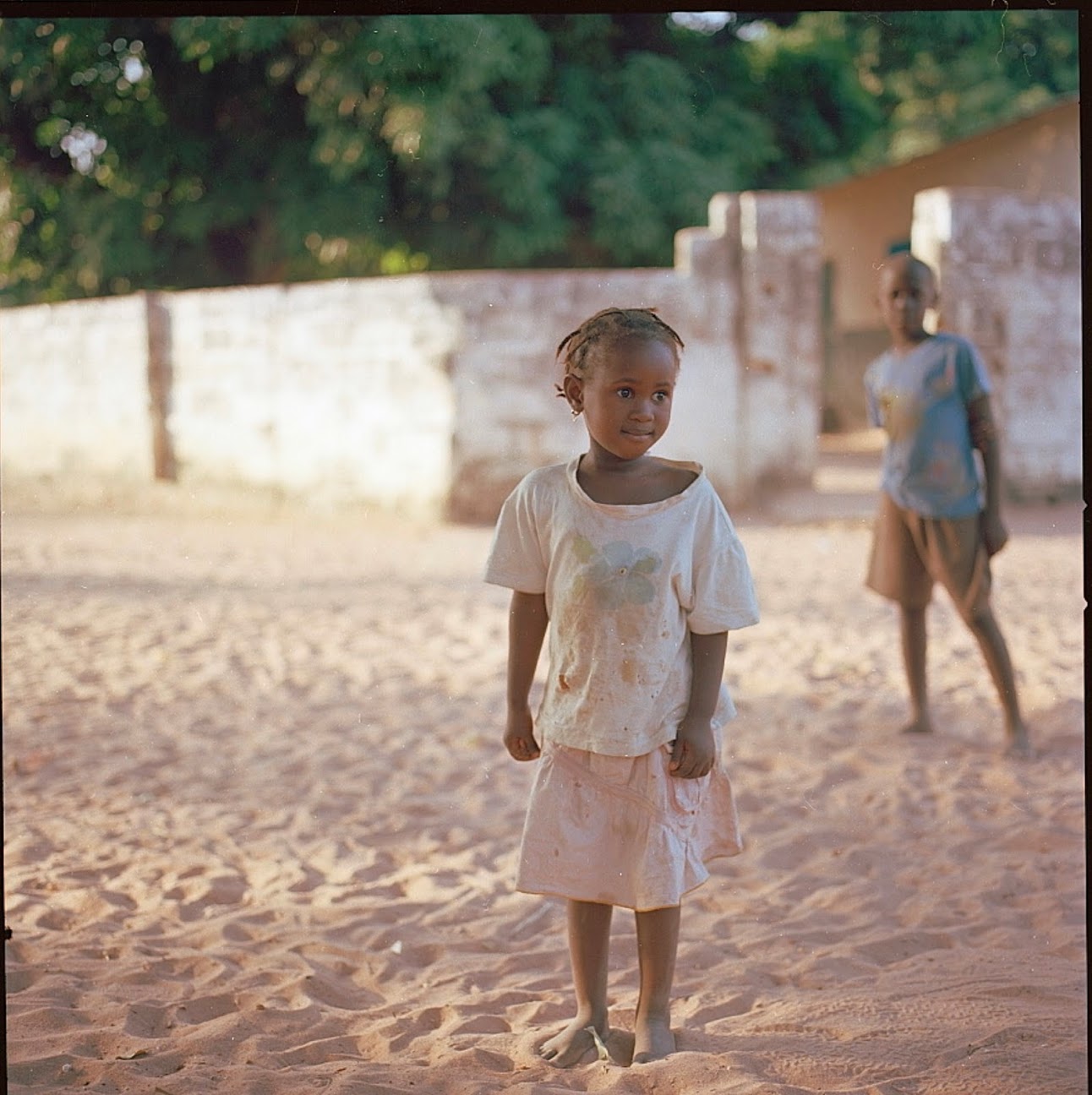
Grenfell: a reflection on the Homecoming work of Gambian-British photographer Khadija Saye
KUCHENGA
14 Jun 2018
Before Khadija Saye’s passing in the Grenfell Tower fire, her greatness was recognised. She was in the beginning stages of her inauguration into the Parthenon of great black artists. She marched in the steps of Zora Neale Hurston, restoring dignity to the stories of her peoples as they were rather than how we have wished they were. This honesty, clarity and lack of pretension was precious.
Khadija skilfully used her camera to ask questions. She had no interest in taking anything from her subjects and so her photographs are imbued with a dignity bestowed on themselves. The journey of immigration does involve a distancing for sure. Yet, in coming home she is trusted more than a white European could be. She captures the scenes of a land that is most definitely postcolonial and has the insight of her subject position to ask who these people are in the aftermath of trauma. What remained eternal? Who are we now?
The pictures below make up part of her work, Homecoming, shot in Khadija’s ancestral home of Gambia:
1. (above) Can black girls be truly innocent anywhere? What does innocence mean here? This peaceful cherub in angel’s garb has a moment of stillness. Have we caught her in play? How sweet for her to be the focus. The palpable curiosity of the boy behind her. The white heat of the wall behind her could suggest some future danger, no? For now, her dusty feet are comfortable in the sand. She is so ‘of’ this place. Her purity an affirmation of the environment’s goodness. Love is plaited into her hair.

2. “In loving memory of Ellen Davies. Aged 72 years.” A good innings, had Ellen. Nature welcomes her back-home encroaching on her grave in the form of shrubs. Trees in the background promise to claim her back entirely. Was it just the elements that caused her grave to crack and crumble? How unusual to our eyes is it to see a scene of the dead at rest to be filled with so much colour and light. The cemetery is reimagined as a celebration of vibrancy and a station on the earth’s process cycle.
3. Four men with four different expressions. Both wide kneed and legs crossed. Hands held and hands astride as if clutching a throne tentatively. So much nobility and such ease with royalty at rest. The satellite in the background feels ominous. What messages are being received through it? Is this idyll set to be disturbed and corrupted?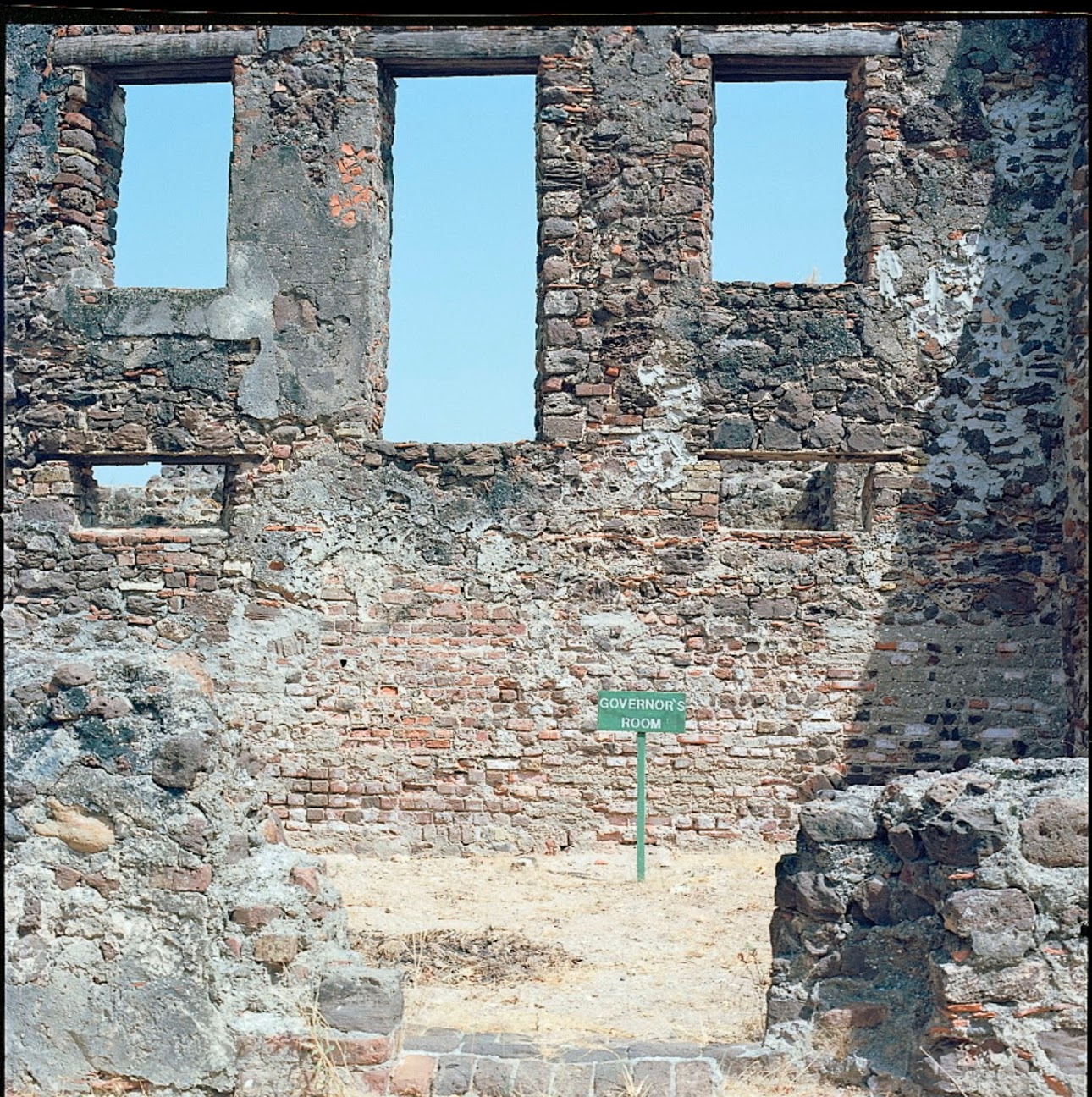
4. The ruins of colonialism crumbling before our very eyes. The sky so unending and tremendously unpolluted. Such dogged labour went into the laying of these bricks that resistance and the self-determination of nations came to rumble the foundations of this building for arrogant administrators with a cleansing earthquake.
5. Ego. Achievement through acquisition. The pride in taking a seat. The comfort in taking possession with merely the stroke of a palm. Could flashy palm trees on a shirt be a commentary on globalisation? What does it mean to celebrate Miami or Los Angeles in this here land? This ‘car for the people’ was never intended to mobilise the lives of people the Nazis sought to erase. Is this then a triumph?
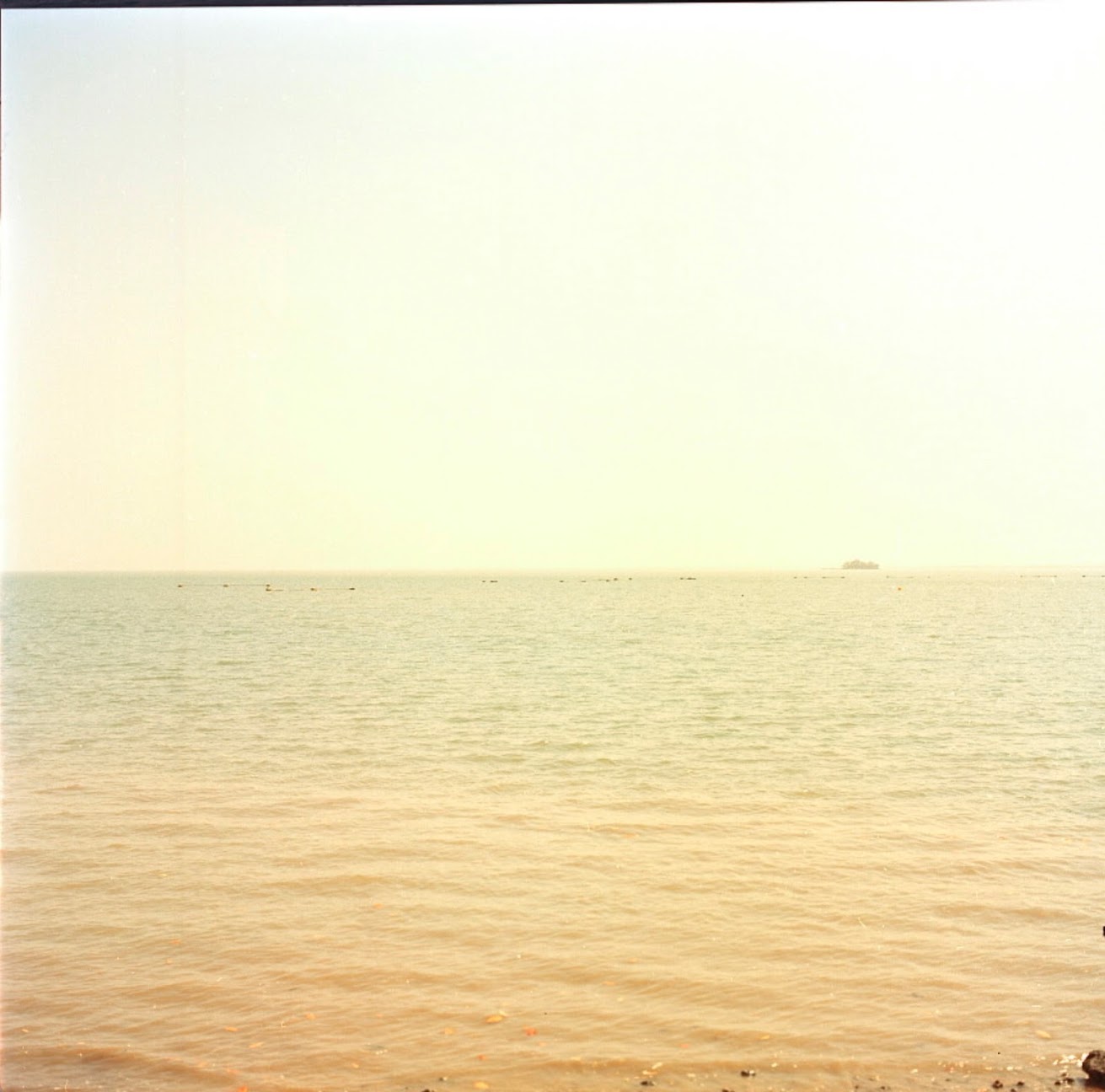 6. A boat far away on the horizon whispers its intentions like a threat. Here the earth meets the sea meets the sky. The sunlight is steaming and milky. The metallic brutality of this gargantuan vehicle looks small here but is the historical impact of trade is lost on those watching? Supply moving through their waters, silent from where we stand. Wherever the boat is going we know it will never bless this shore where there is such longing.
6. A boat far away on the horizon whispers its intentions like a threat. Here the earth meets the sea meets the sky. The sunlight is steaming and milky. The metallic brutality of this gargantuan vehicle looks small here but is the historical impact of trade is lost on those watching? Supply moving through their waters, silent from where we stand. Wherever the boat is going we know it will never bless this shore where there is such longing.
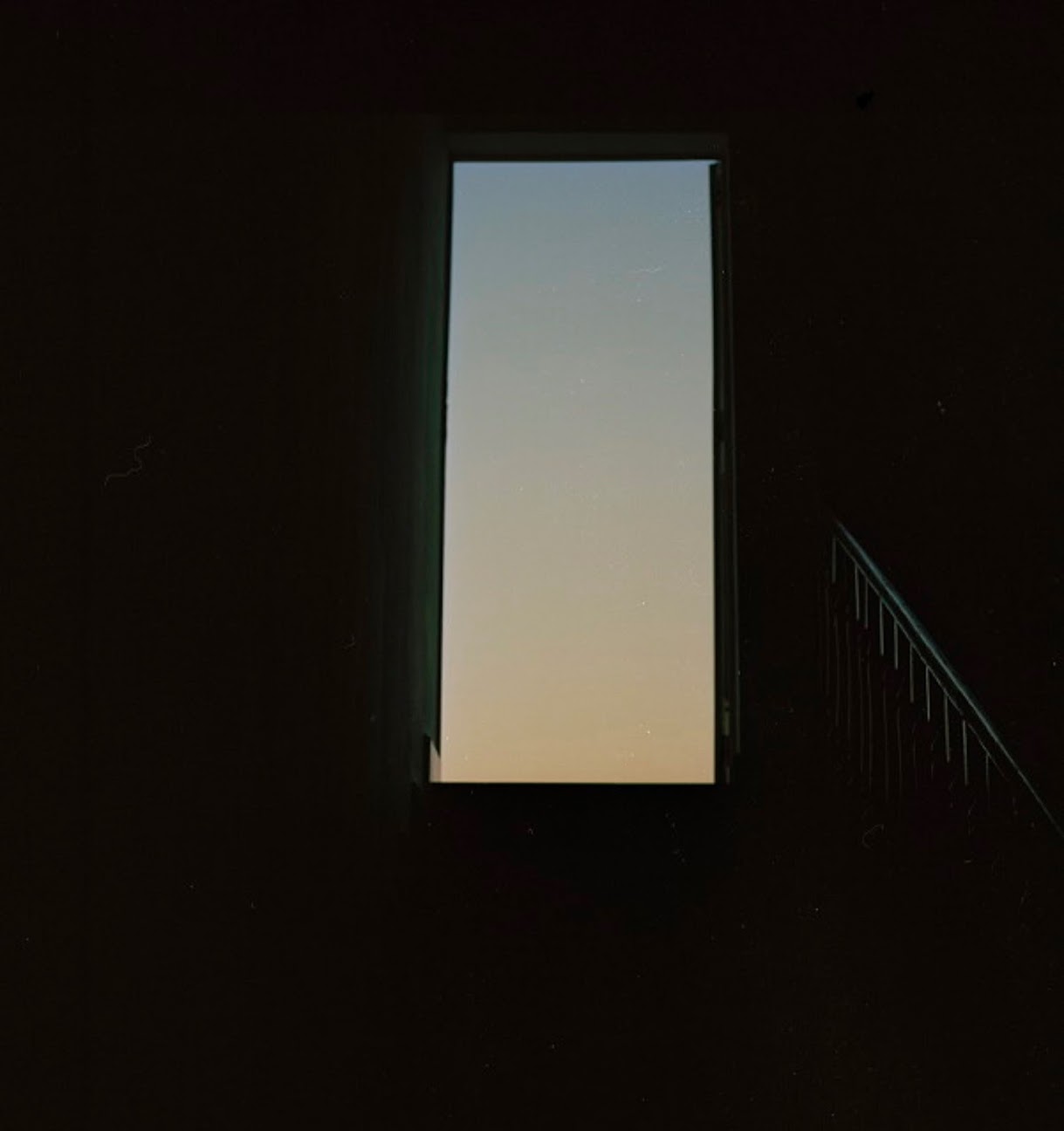 7. A stairway to a sunset. A pleasurable darkness envelops the dusky pastels that Rothko never got around to painting. Can death be this serene? A quiet walk up some steps and leaping into a sky to fly up away from this house where was warmth, strife and so much love. Here we pined for affection in the shadows and still, hope remains.
7. A stairway to a sunset. A pleasurable darkness envelops the dusky pastels that Rothko never got around to painting. Can death be this serene? A quiet walk up some steps and leaping into a sky to fly up away from this house where was warmth, strife and so much love. Here we pined for affection in the shadows and still, hope remains.
The scope of her work was a declaration that she could handle the upscaling that was on the verge of happening that would see her reach the heights of Chris Ofili. When one’s talent is not in question the curtailing of your legacy when you were just getting going is a particularly deep sorrow. We will howl for her like we continue to do for Jean Michel Basquiat. The flames that claimed her heat will now heat our rage incessantly. We will mark our papers, paint our walls and catalogue our internal and external worlds artistically. Though Khadija has claimed her seat with our ancestors her spirit will live on in the works we produce and we will feel her when we reach that sophisticated beauty that came to her so easily. Rest in power Sister. We will not let you down.
This is an excerpt from gal-dem’s #2 print issue, published in September 2017

